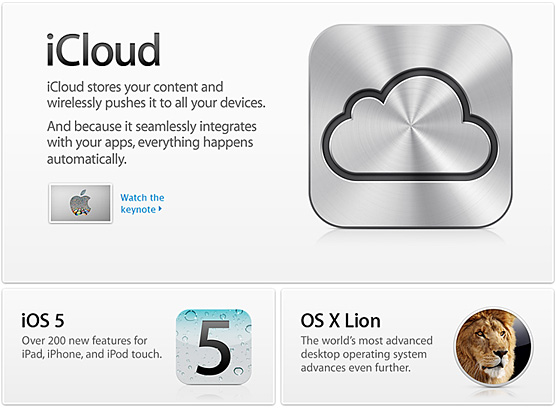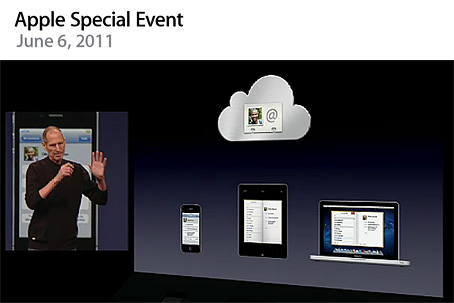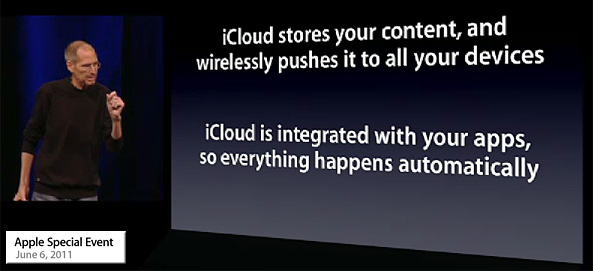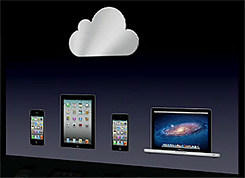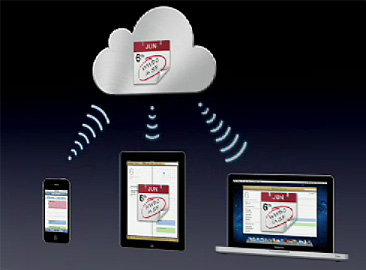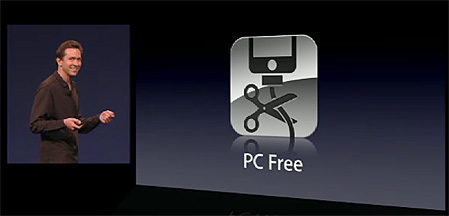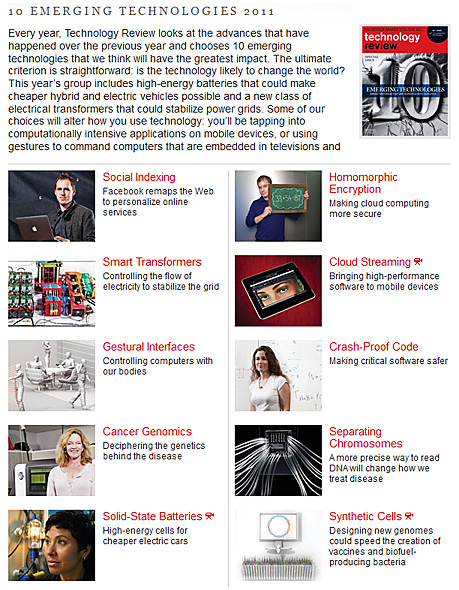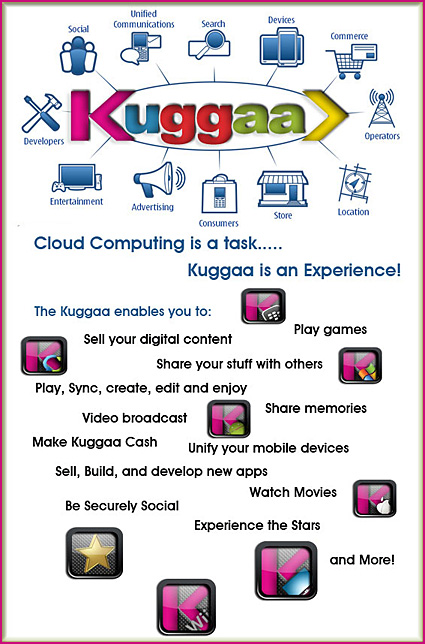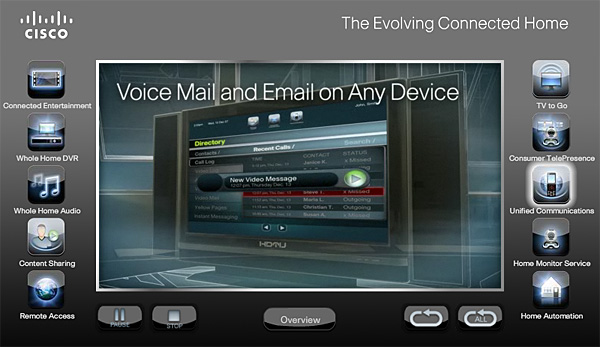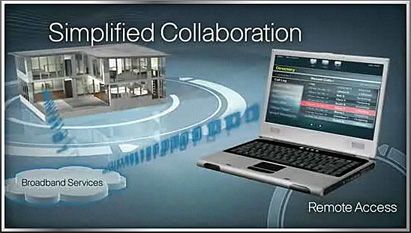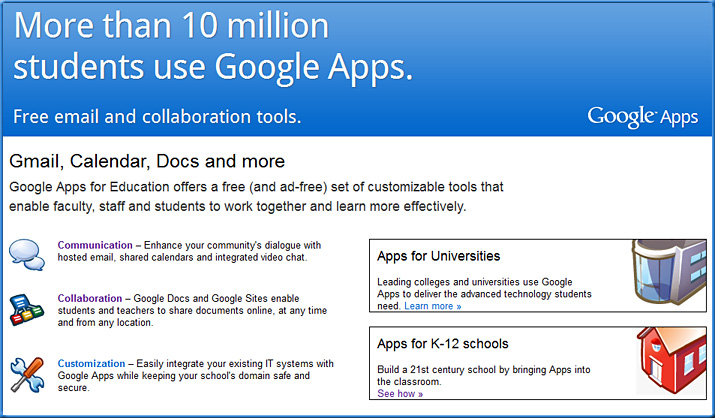How Apple will draft everyone into the cloud. Or else. — from FastCompany.com by E.B. Boyd
Pity the poor programmer whose software doesn’t automatically sync every digital thing you own across all of your devices instantly. Thanks to Apple, if you’re not in the cloud soon, you’re buried.
Excerpt:
And so we at Fast Company expect the same to happen with the cloud. Apple has just introduced an attractive system for a whole range of things consumers care about. Sure, cloud solutions previously existed for some of the things Apple introduced Monday–like documents (Google Docs) and music (Amazon). But it is the comprehensiveness and elegance of the iCloud system that will unleash a tipping point.
Soon users will become used to how much easier their lives become with iCloud. All my stuff is everywhere I want it to be, instantly. I download a song from iTunes, and it’s instantly on all my devices. I put down the book I was reading on my iPad at home, get on the subway, open up my iPhone, and presto, the book is not only on my phone, it opens up to the exact place where I stopped reading on the tablet.
Documents, photos, email, contacts, calendars–users will get used to moving fluidly between all of them on different devices
And as soon as consumers become used to things acting this way, they’ll start actually expecting things to act this way. And when that happens, beware any software company that doesn’t deliver the same experience. In the new world Apple will create, to ask a user to manually sync files between different devices will be the equivalent, back in the ’80s, of asking a bunch of home computer users used to interacting with GUI’s, to use command lines instead.











